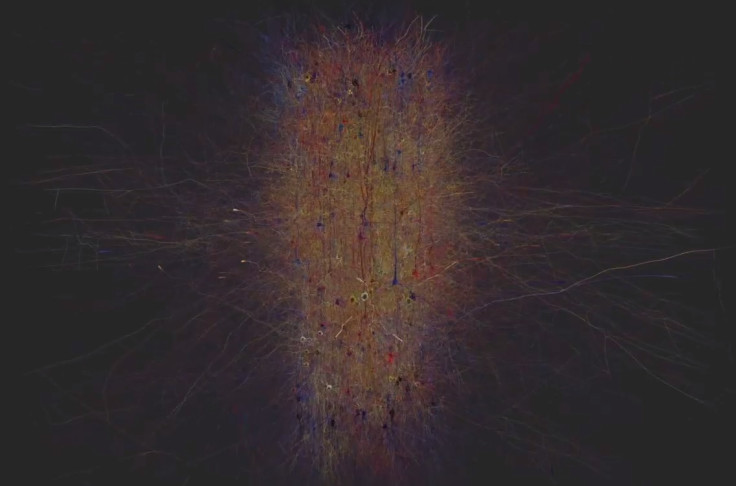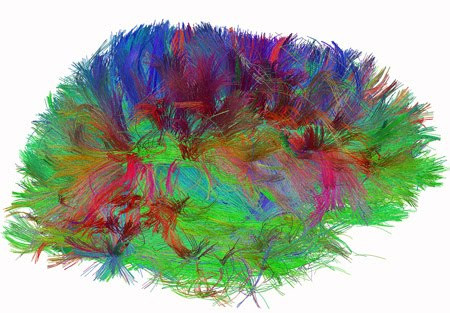Rat brain fragment simulated in supercomputer by Human Brain Project

A digital reconstruction of part of a rat brain has been achieved by scientists, marking the first major result of a neuroscience project aiming to eventually simulate the human brain using a supercomputer. The international team led by researchers at the Ecole Polytechnique Federale de Lausanne succeeded in digitally reconstructing the neocortical microcircuitry of a fragment of brain roughly the size of a grain of sand.
The research, published in the journal Cell, comes out of the Blue Brain Project and links with the €1 billion (£740 million) Human Brain Project. Henry Makram, one of the founders of the initiative, described the reconstruction as a "first draft" and said that work on reconstructing and simulating the brain had only just begun.
Lead author of the study Michael Reimann revealed that the researchers carried out tens of thousands of experiments on neurons and synapses in the neocortex of young rats, cataloguing each type of neuron and synapse that they found. Software was then used to mine data from laboratories around the world in order to reconstruct a map of nearly 40 million synapses in the microcircuitry.

"The algorithm begins by positioning realistic 3D models of neurons in a virtual volume, respecting the measured distribution of different neuron types at different depths," Reimann said. "It then detects all locations where the branches of the neurons touch each other – more than 600 million.
"It then systematically prunes all the touches that do not fit with five biological rules of connectivity. That leaves 37 million touches. These are the locations where we constructed our model synapses."
The project is one of several around the world that are currently working towards mapping the human brain. Each builds on the pioneering work of the Spanish anatomist Santiago Ramon y Cajal, who made attempts to better understand the human brain more than a century ago.
Idan Segev, a senior author of the Blue Brain Project paper, said: "Ramon y Cajal began drawing every type of neuron in the brain by hand. He even drew in arrows to describe how he thought the information was flowing from one neuron to the next.
"Today, we are doing what Cajal would be doing with the tools of the day – building a digital representation of the neurons and synapses and simulating the flow of information between neurons on supercomputers. Furthermore, the digitisation of the tissue allows the data to be preserved for future generations."
© Copyright IBTimes 2025. All rights reserved.






















